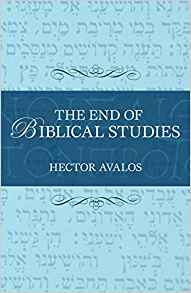
There is nothing unfeasible about the idea of a rich body of literature that reads as if it were real history, filled with details of names and places, yet being entirely fictitious, appearing suddenly and “out of whole cloth” from the mind of a single author. This is how the Arthurian literature was created in the twelfth century. It was very likely created for the purpose of establishing a national identity and assisting the Norman conquerors of England establishing a continuity with their subjects.
The Primary History of Israel contains a detailed history of Kings David and Solomon that archaeology has demonstrated is entirely fanciful. This contains many names and places and administrative lists (though not so rich as those found in the Arthurian literature) that give the story verisimilitude. This story, too, was quite arguably created for the purpose of establishing a new “national” identity and sense of continuity for newly arrived inhabitants in the land of Canaan at the behest of yet another Persian imperial mass deportation. (It was the dismal custom of Assyrians, Babylonians and Persians to repopulate imperial lands via mass deportations for a variety of reasons — economic, strategic, punitive — while promising “liberty” and “restoration” to those they were relocating. Part of the package could include happy servitude to the “original gods of the land”.)
I sometimes wonder if the meagre evidence we have for the emergence of the Gospels is best explained by a similar process, maybe late first century but quite likely early to mid second century. Not that they are the products of a new nation or occupation, of course. But thousands of Jews were displaced, and a central focus of religious and cultural identity was shattered — twice, 70 and 135 ce. It might be interesting to explore the relationships between such presumably traumatic events and their cultural and ideological impacts. Such a possibility is suggested by the several metaphors in the Gospel narratives of a destroyed temple (e.g. the rock-carved tomb of Jesus deriving from Isaiah 22:16’s depiction of an earlier destroyed Temple being a rock-carved tomb) and a “new Israel” (e.g. the twelve disciples echoing the twelve tribes of Israel). They are documents that do potentially offer a new identity for a displaced people. They reassure those who leave their families and homes — even their former racial and cultural group still adhering to a revised Mosaic set of regulations — that they have a new place in the successor of Moses and Elijah. Their story of Jesus as the cast-out, the rejected, the persecuted, yet the one who would in the end conquer; their image of an alternative “new Israel” with which to identify; these surely would answer the needs of such peoples.
But could such gospel narratives arise seemingly from nowhere?
They certainly could. Compare the literature of King Arthur. (The following notes are for most part from a discussion by Hector Avalos in his The End of Biblical Studies.) Continue reading “What King Arthur might teach us about Jesus and Christian Origins”



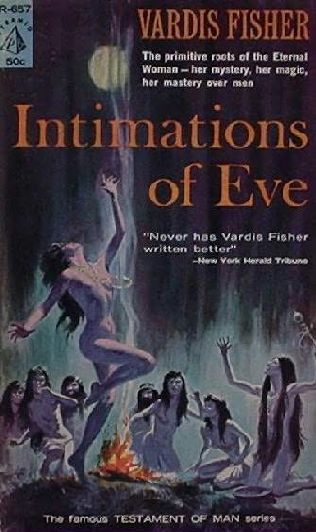
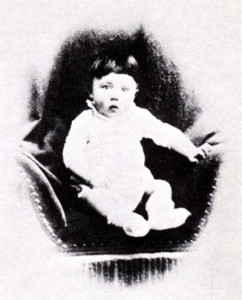
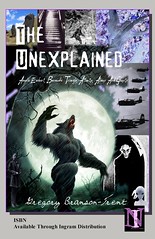
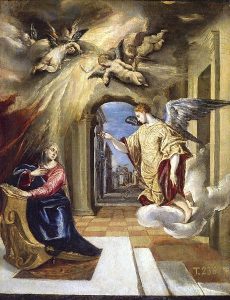
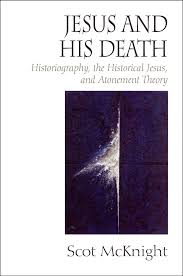
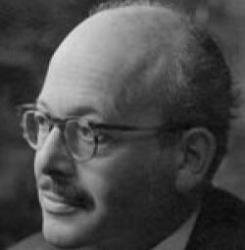
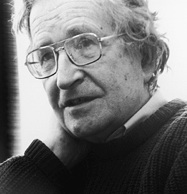

 Note the outrageous $6 price tag for a cheap lotus flower candle and fantasize Jesus descending to scare the daylights out of that greedy, money-hungry elderly lady lotus-candle-flower seller. Of course, it helps if you re-image the scene to anti-semitic stereotypes.
Note the outrageous $6 price tag for a cheap lotus flower candle and fantasize Jesus descending to scare the daylights out of that greedy, money-hungry elderly lady lotus-candle-flower seller. Of course, it helps if you re-image the scene to anti-semitic stereotypes.